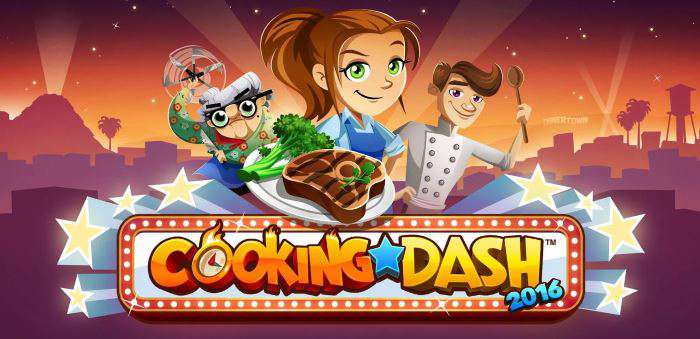

Serve hot, with chutney of your choice, though these dosas do not really need any accompaniment.ĭo you like ragi dosas? Do you make them at home? What is your special technique?.Make dosas out of all the batter in a similar fashion.Let it cook for about a minute, and then uncover and flip the dosa over. Cover the dosa with a plate, without disturbing it. Then, turn the flame to medium, pour a ladleful of the ragi dosa batter in the centre of the tava, spread it out, spread a teaspoon of oil around it, and sprinkle some of the finely chopped onion on top of the dosa. Heat a dosa tava till drops of water dance on it.Let the batter rest for about 10 minutes. Mix well, adding a little water at a time, till the batter reaches a consistency that is neither too runny nor too solid.Add this tadka to the ragi flour in the mixing bowl. Heat the 1 tablespoon oil in a small pan.Add the salt to taste, curry leaves (torn), finely chopped green chillies, cumin, regular dosa batter OR rice flour (whichever of these you are using), asafoetida and curd. Take the ragi flour in a large mixing bowl.1 ladle of regular dosa batter OR about 1/4 cup of rice flour.1 green chilly, chopped very, very finely.1 tablespoon oil + oil to make the dosas.

1 cup ragi flour (Sometimes, I sprout the grains myself and then get them ground in a flour mill sometimes, I buy the flour ready-made).This is my favourite way, though, so I really hope you will try this out. Please keep in mind that there are scores of ways of making this dosa, and this is just one way to do so. Today, I am going to tell you about the husband’s style of making ragi dosa, something that I love to bits. Now, ragi is a staple in our home kitchen, a regular addition to our grocery list. I began experimenting with the grain – and the flour – more and more, slowly realising just how good it is for the body. The husband would make a mean ragi dosa some nights for dinner, and that is how my love affair with the grain started. Of course, considering that ragi is staple food in Karnataka. Post marriage, I was introduced to ragi in all its myriad forms – rotis, dosas, mudde, cakes, and what not. I believe ragi is something that needs to be cooked just the right way, for one to fall in love with it, and that is something that my family and I were clueless about then. Even if we had, I doubt I would have loved the grain then, as much as I do now. Growing up in Ahmedabad, ragi just wasn’t very common, and we never spotted any bags of it on the shelves of departmental stores. For slow cooker cooking, brown beef cheeks first and then add the liquid stock and cook on low for 8 hours.I never even tasted finger millet aka ragi before I got married, as astonishing as this fact sounds to me today. Stir halfway through cooking and check seasoning as required. Return browned beef cheeks to the casserole dish along with a liquid stock, and place in the oven to cook for 3-3 ½ hours or until the beef cheeks are almost falling apart. Lower the heat and add another dash of oil. Season the beef cheeks, place in a casserole dish and brown on both sides. In a casserole dish, add a dash of oil and place over a medium-high heat. They can be cooked casserole style or in a slow cooker.
#Cooking dash recipes alphabetical how to
How to cookīeef cheeks are a delicious cut that produce a tender result. This means it needs to be braised or cooked long and slowly. Once cooked correctly, all the connective tissue becomes tender and melts in the mouth. Throughout its life, the cow is constantly working its cheek through chewing food, and consequently the meat is tough. The beef cheek comes from the facial muscle of the cow. Easily cooked in a slow cooker or casserole dish, this cut requires minimum fuss but delivers maximum impact. This cut, when cooked long and slow, results in tender, juicy and flavoursome beef. Beef cheeks are perfect to add warmth to your winter.


 0 kommentar(er)
0 kommentar(er)
